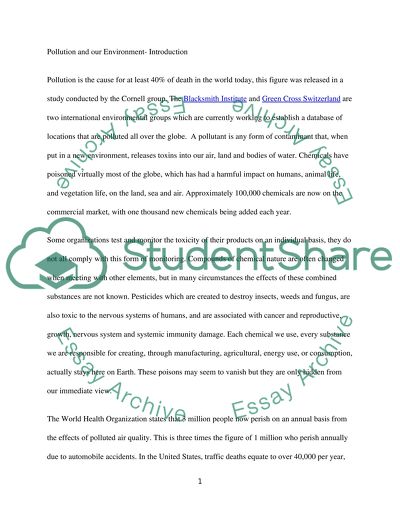Cite this document
(“Pollution and our Environment: What do we do now Essay”, n.d.)
Retrieved from https://studentshare.org/environmental-studies/1394615-pollution-and-our-environment-what-do-we-do-now
Retrieved from https://studentshare.org/environmental-studies/1394615-pollution-and-our-environment-what-do-we-do-now
(Pollution and Our Environment: What Do We Do Now Essay)
https://studentshare.org/environmental-studies/1394615-pollution-and-our-environment-what-do-we-do-now.
https://studentshare.org/environmental-studies/1394615-pollution-and-our-environment-what-do-we-do-now.
“Pollution and Our Environment: What Do We Do Now Essay”, n.d. https://studentshare.org/environmental-studies/1394615-pollution-and-our-environment-what-do-we-do-now.


